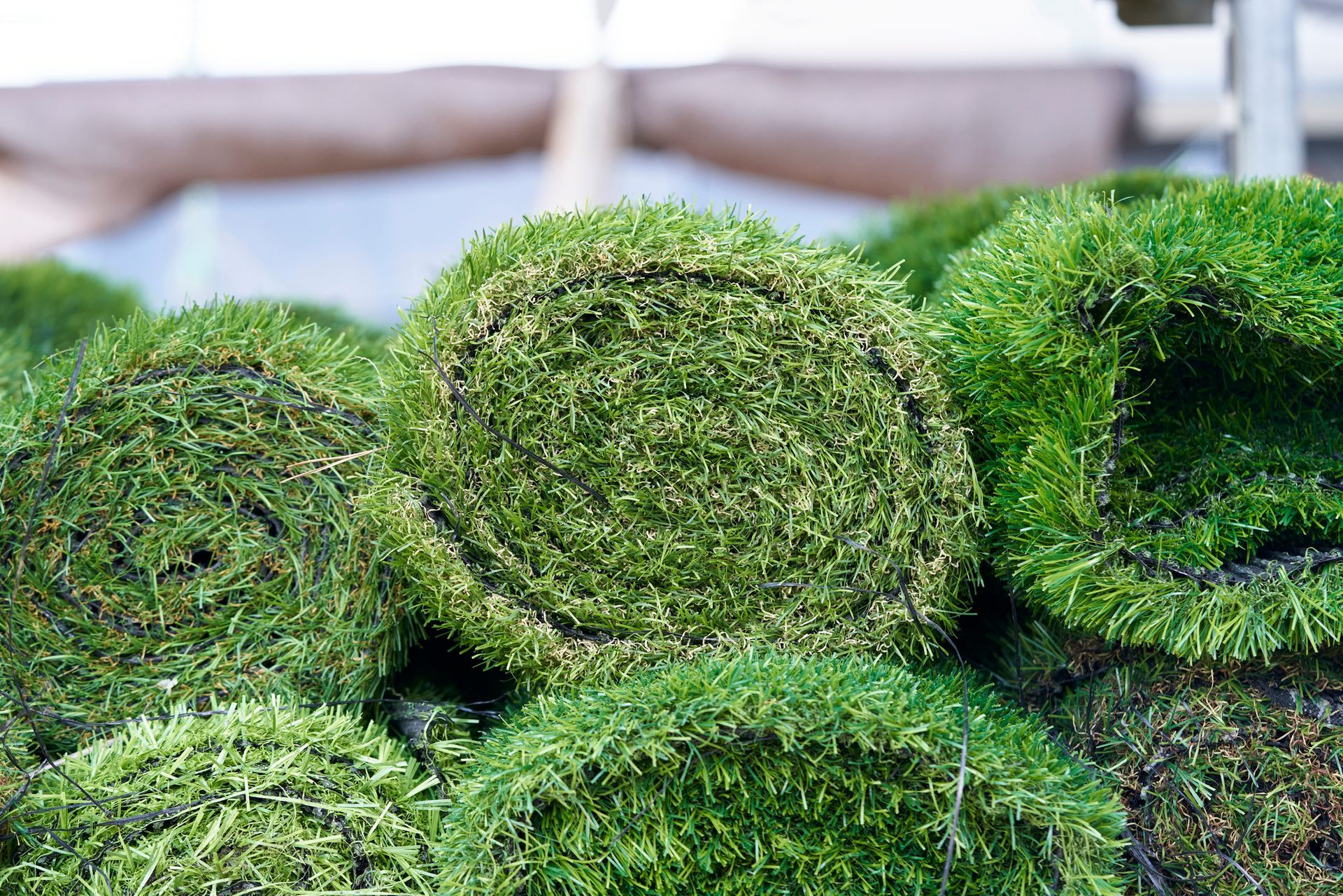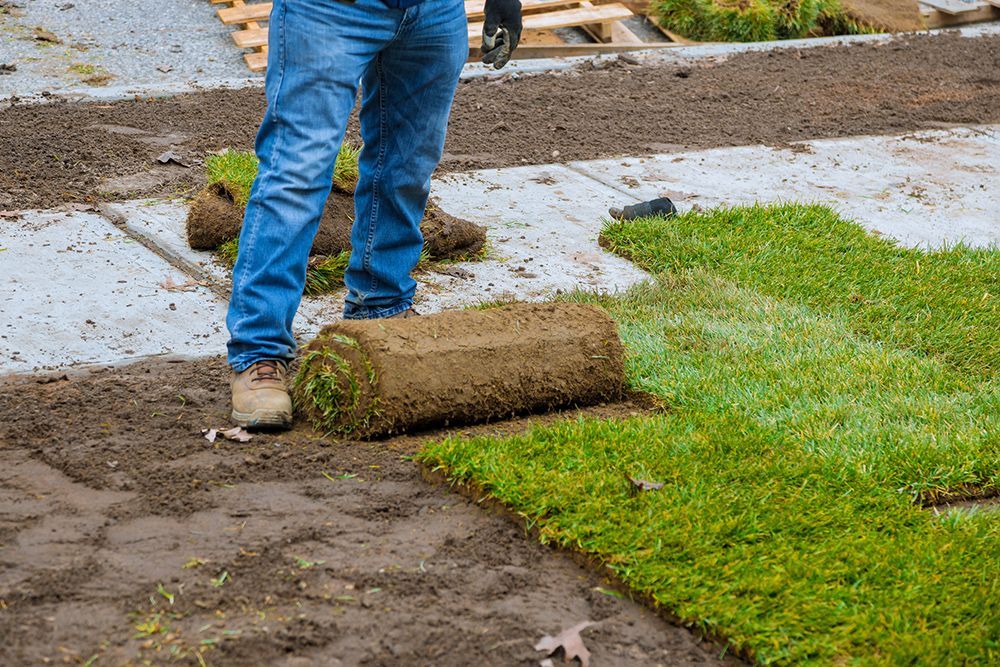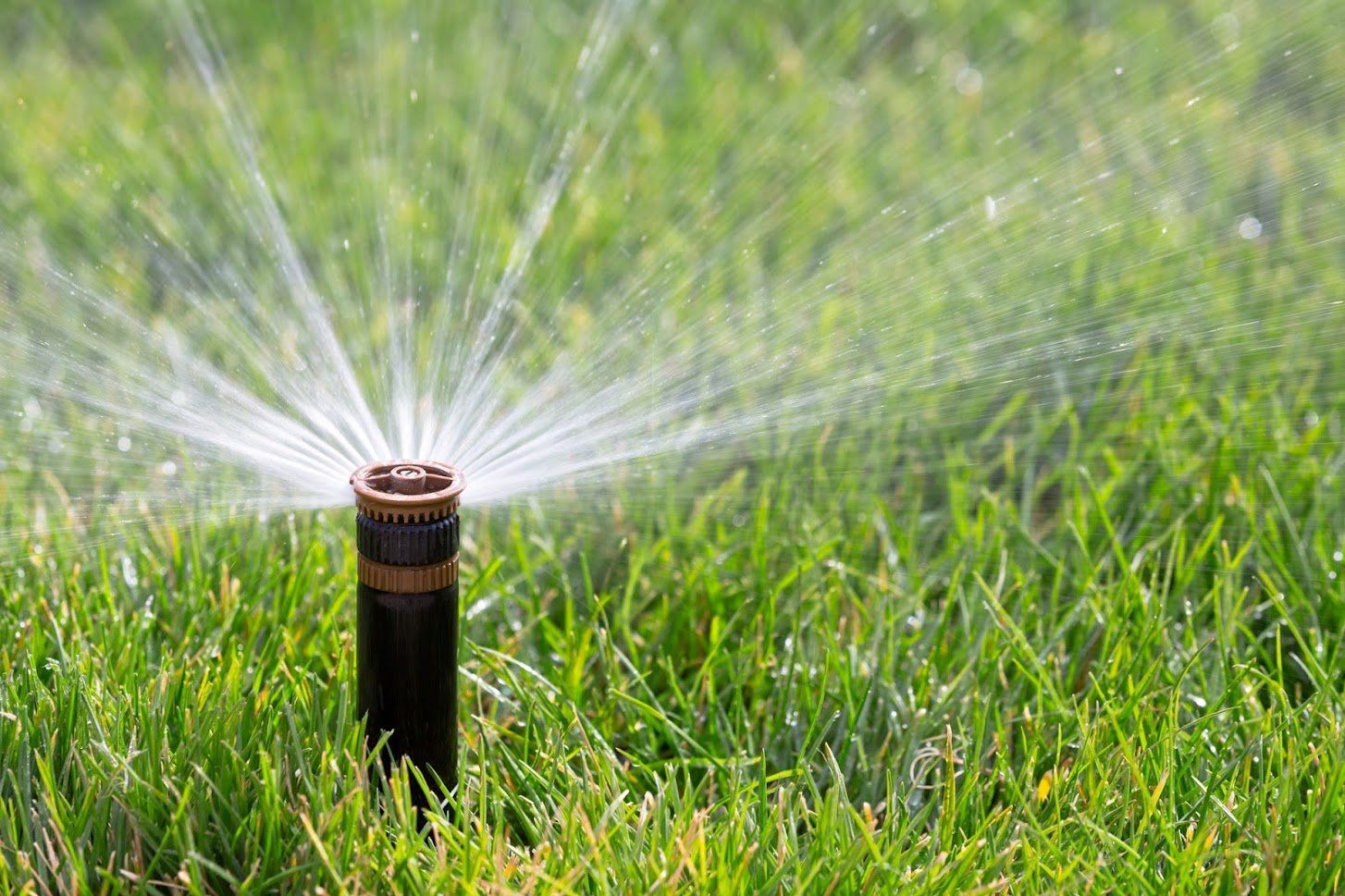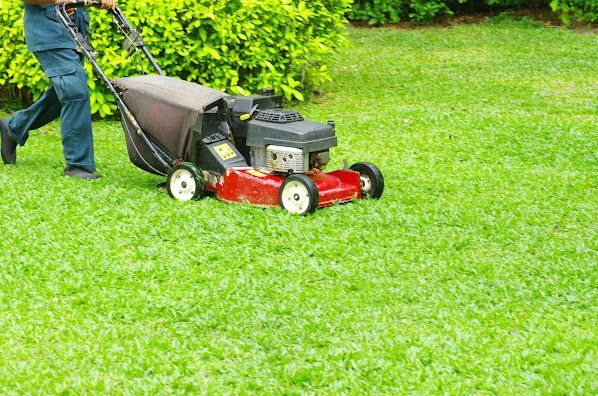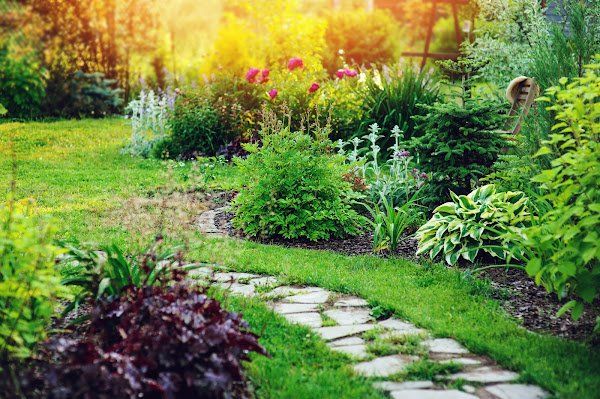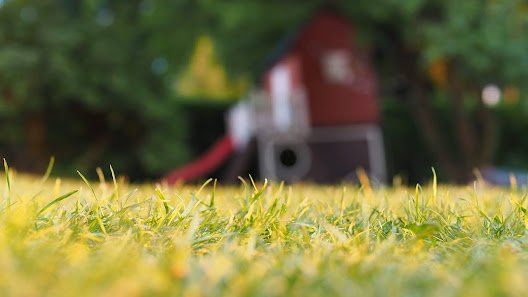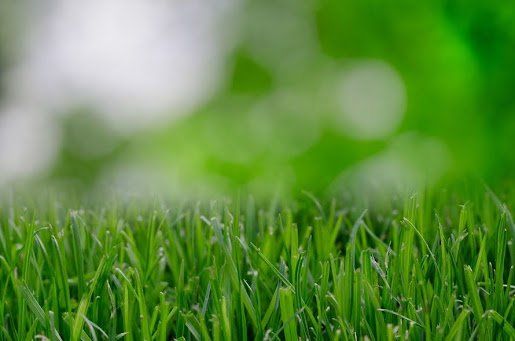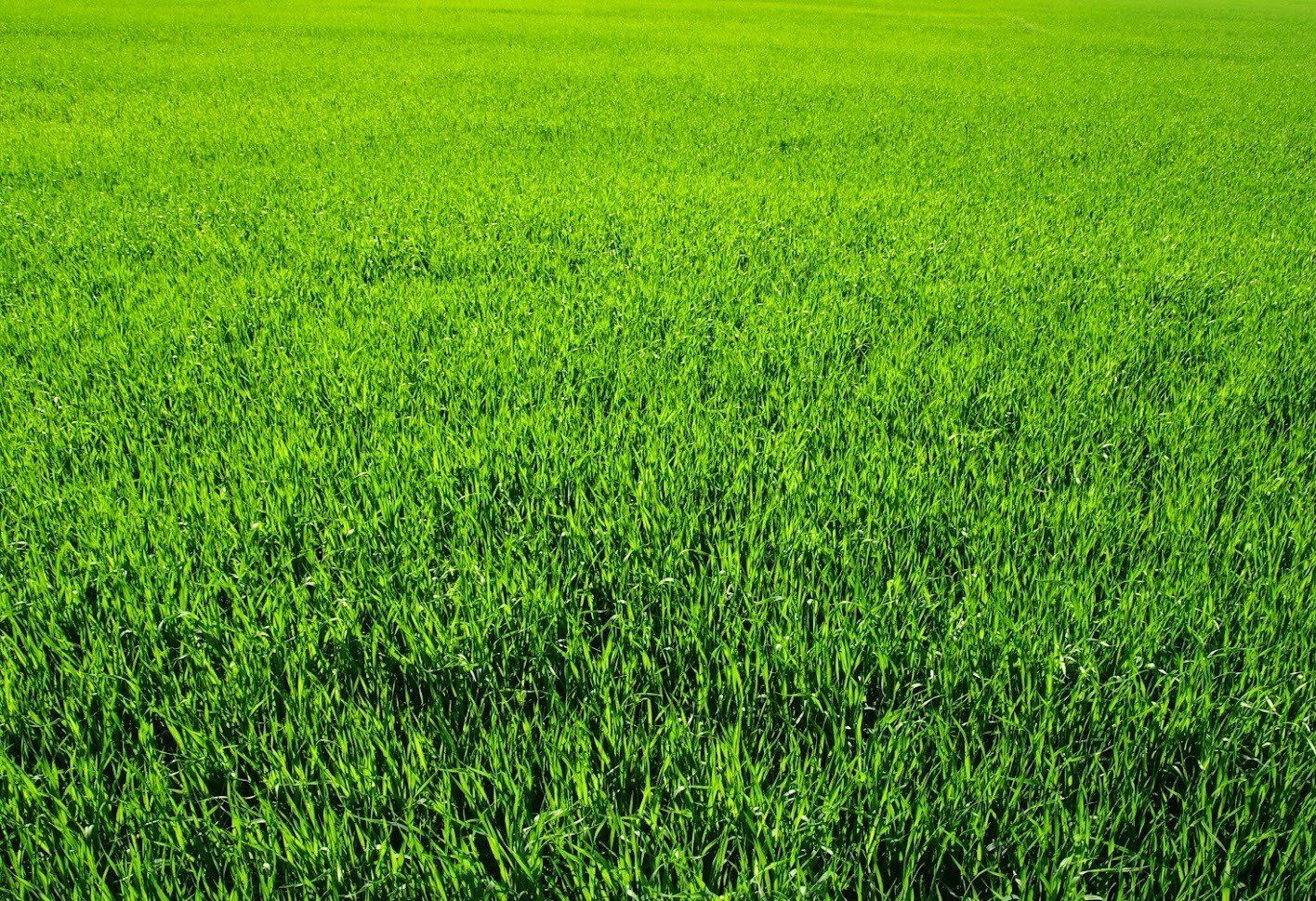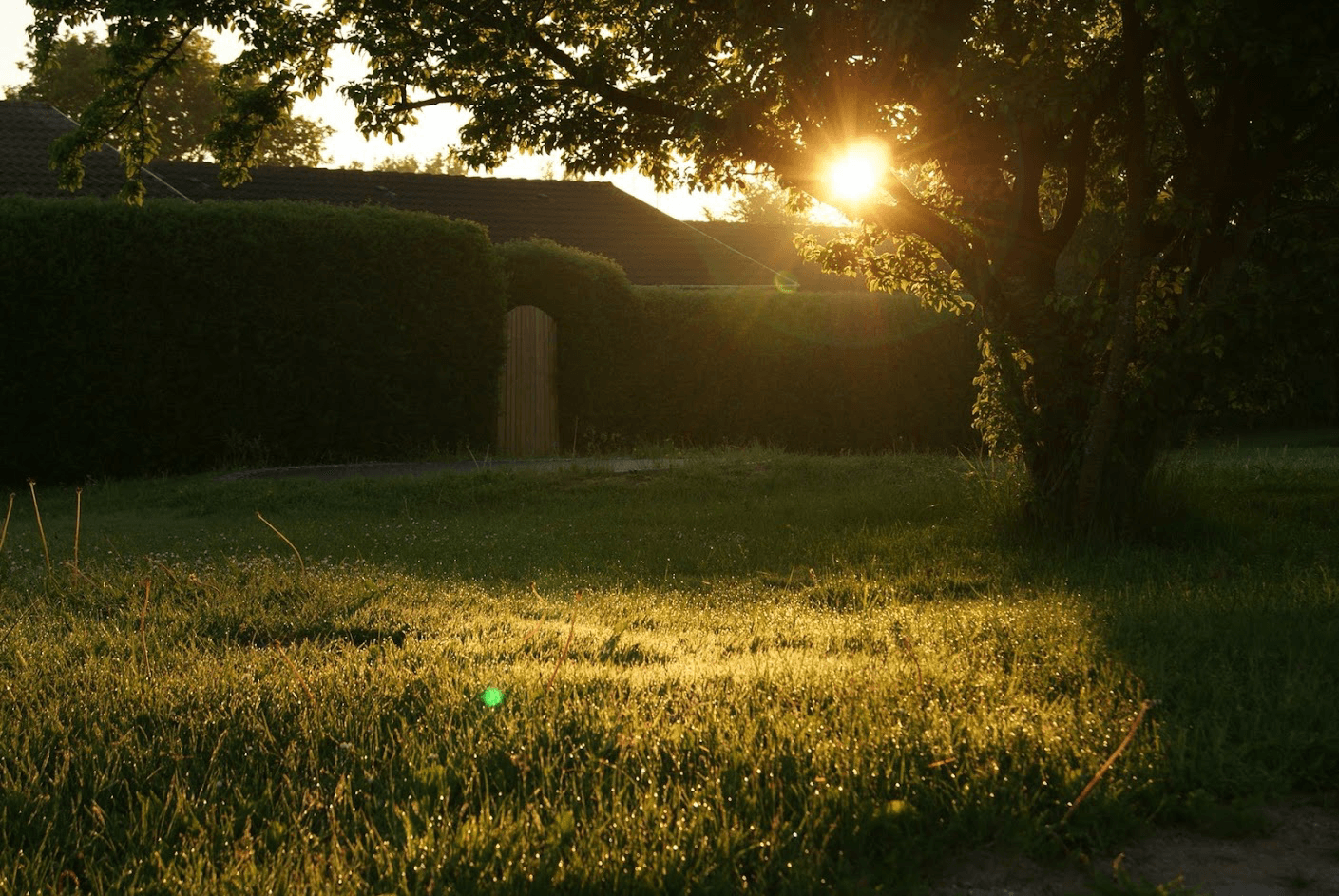Maintaining a Flea-Free Yard
Admin • April 29, 2020
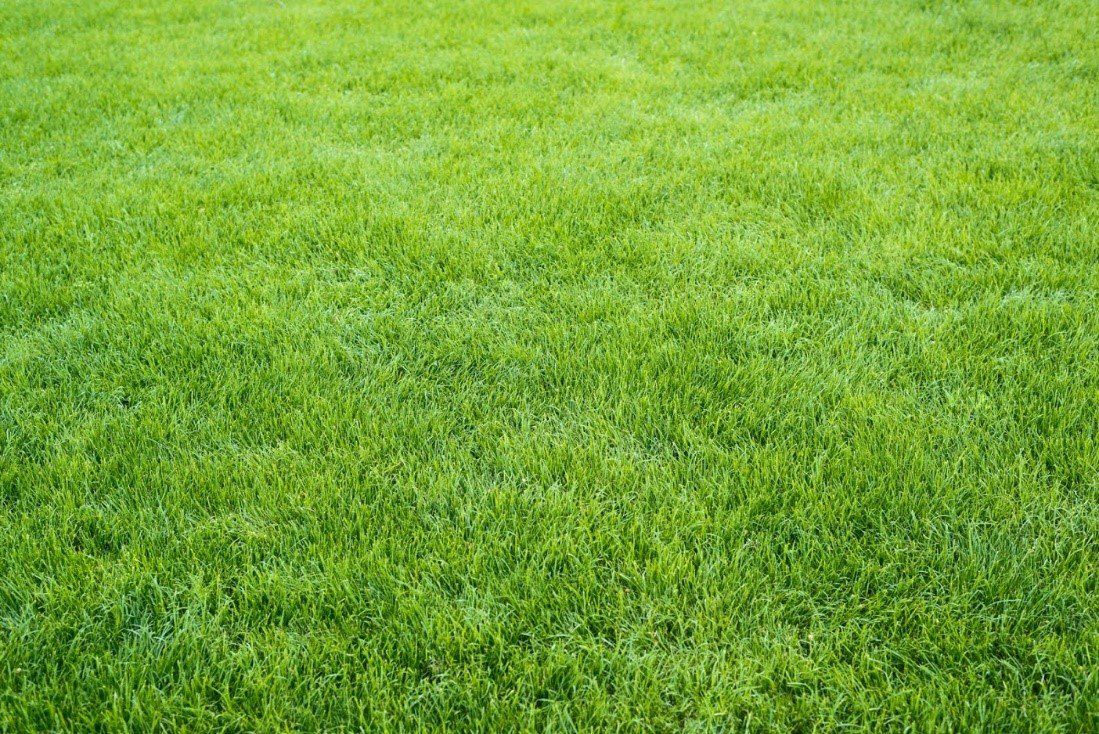
Fleas cause serious problems for pets and humans alike, from the itching of contact dermatitis to the transmission of tapeworms, typhus, and plague. Even if you take pains to give your pet preventative medicines and clean your home's upholstery regularly, fleas can still take up residence in your yard.
Some smart lawn management strategies can help you protect your turf, and therefore your family, against flea infestations. Here are some steps you can take to keep those fleas at bay.
Why Fleas Love Lawns
A healthy lawn offers some potent attractions to fleas. Tall blades of grass shade fragile flea eggs and larvae while also helping fleas hide from potential predators. Fleas also seek out moisture and humidity. Well-watered lawns hold plenty of moisture, both in the soil and within the grass itself.
Grass isn’tthe only flea-friendly breeding ground in your yard. If you keep piles of wood or raked leaves stacked up in the yard, you can assume that fleas have made their home in these spots as well.
When to Trim Your Grass
You can do much to reduce your yard's flea population simply by maintaining a regular mowing schedule. Keeping your grass relatively short not only creates a neat, well-managed look, but it also deprives flea populations of the shade their larvae need for normal development, thus interrupting the invaders' life cycle.
Most grass varieties can continue to thrive at heights of just one to two inches. At the same time, however, you may damage the blades if you cut off more than one-third of their height in any given mowing session. Grass can grow from two to six inches a month, so mow frequently to keep the overall height low.
Don't forget to rid your lawn of other common flea hiding places. Find an alternative to leaving piles of stacked wood in your yard. Bag up piles of leaves or other debris as soon as you've gathered them.
How to Water for Flea Control
When you first install new sod, you should make a habit of watering it twice a day for two months, saturating the soil to help promote strong growth. However, as you move to a more relaxed watering schedule for your mature lawn, fleas may find the adjusted moisture level perfect for their habitation.
If you have a flea problem in your lawn, you may need to do some extra watering, running the sprinkler until the entire lawn has grown slightly soggy or flooded. This extra water can destroy both young fleas and flea eggs. It also washes away any dried blood that the fleas might rely on as a food supply.
Which Treatments Kill Fleas (but Nothing Else)
If you have considered applying some sort of flea treatment to your lawn, you may worry about the possible toxic effects of such a treatment, both to your pets and to the lawn itself. Fortunately, certain all-natural options can get the job done without presenting unnecessary risks.
Diatomaceous earth kills fleas even though it poses no toxic threat to humans or pets. This fine dust consists of a kind of fossilized algae. Spread this dust around doghouses and other common infestation sites during dry conditions (as it won't work on fleas when damp), using an ordinary garden dust spreader.
Cedar chips act as a natural flea deterrent because fleas can't stand their odor. In addition to spreading the cedar chips in particular trouble spots, you can line your fence with them to create an anti-flea barrier to your lawn.
Microscopic worms called nematodes prey on flea larvae, stopping the fleas' life cycle at an early stage. Since nematodes won't harm your turf, shrubs, or family, you can spray them onto your lawn with confidence.
Our lawn care experts at Novasack Turf Farms can provide you with further guidance and recommendations on how to maintain a lush, healthy lawn without also cultivating pests. Contact us
today.

